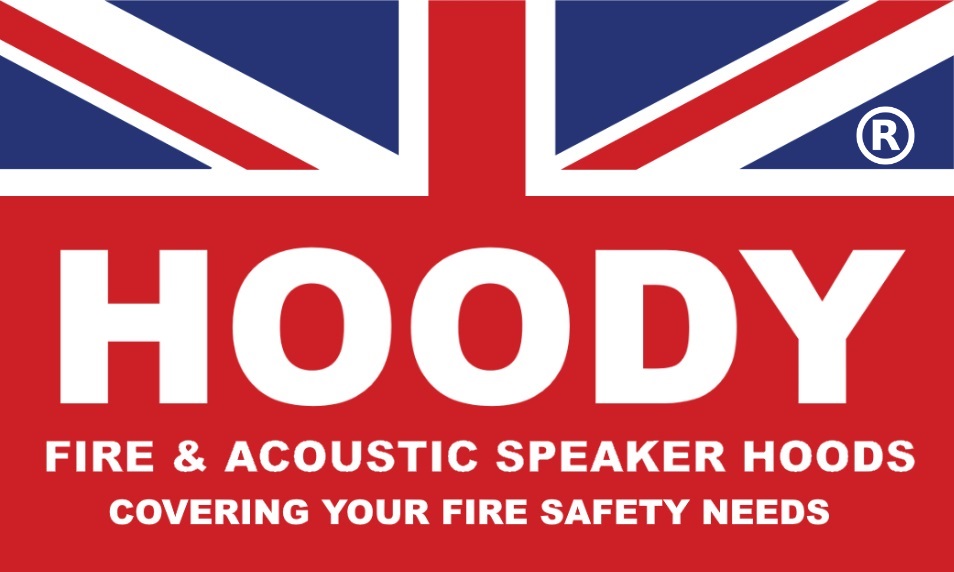We use cookies to make your experience better. To comply with the new e-Privacy directive, we need to ask for your consent to set the cookies. Learn more.
FAQ

Do I need to install fire hoods in the loft area of a property?
Unfortunately there isn’t a simple answer to this. We originally didn’t think so but we have been made aware of Building Control Officers in some areas of the UK now requesting that they are covered. We have to remember that the Building Regulations cover lots of aspects within a building, there are Building Regulations Part L Conservation of fuel and power, (loss of warm air up into the loft space through the speaker) and Part C Resistance to contaminants and moisture (Water vapour traveling into the loft space through the speaker) that HOODY™ also complies with. Also some loft areas in older terrace houses can also be open between several houses in the terrace. In this instance hoods must be used to stop the spread of fire to adjoining properties.
What if the property owner doesn’t want to install fire hoods?
It is the responsibility of the property owner to ensure that any work on their property is carried out to all the relevant Building Regulations. However as a competent person the installer has the responsibility to make sure their work complies. But in the case of the property owner refusing to pay for the hoods you need to make the property owner aware of the requirement and for your piece of mind get them to sign a disclaimer.
Can you supply hoods in custom sizes?
Yes we can supply hoods in a variety of shapes and sizes to suit all kinds of In-ceiling and In-wall speakers. These custom sizes can be made in our UK factory and dispatch to you within 48 Hours. Please contact us with dimensions for a free quotation.
At what temperature does the Intumescent react to fire?
Intumescent reacts to fire at a temperature of around 120°C
How does Intumescent’s react in the event of a fire?
In the event of a fire at around 120°C a chemical reaction begins:
1. The heat begins to soften the polymeric binder
2. It also causes an organic acid to be released from the Ammonia Polyphosphate
3. Carbonisation of the polyols begins
4. As the blowing agent (melamine) decomposes, gas is produced which swells the molten mixture
5. Finally, the foamed char solidifies, through a cross-linking reaction, to maintain the insulation In an ideal situation, intumescent can expand to around 100 times its original thickness.

